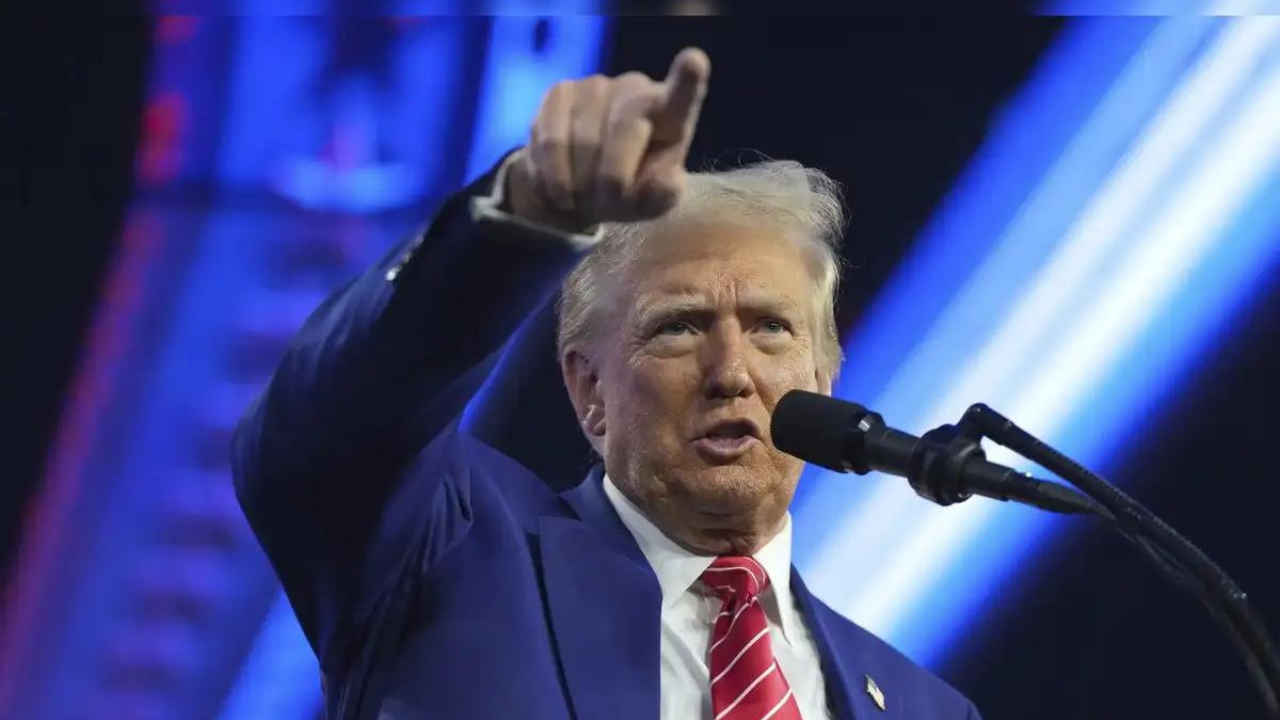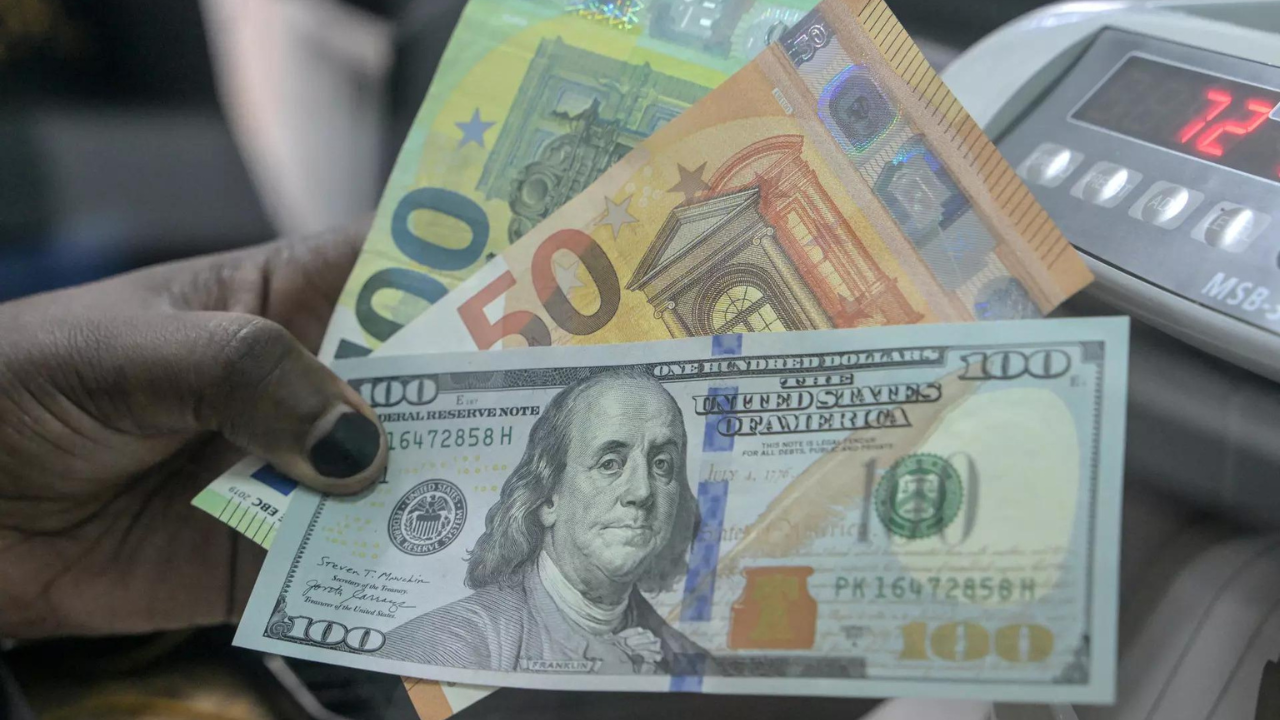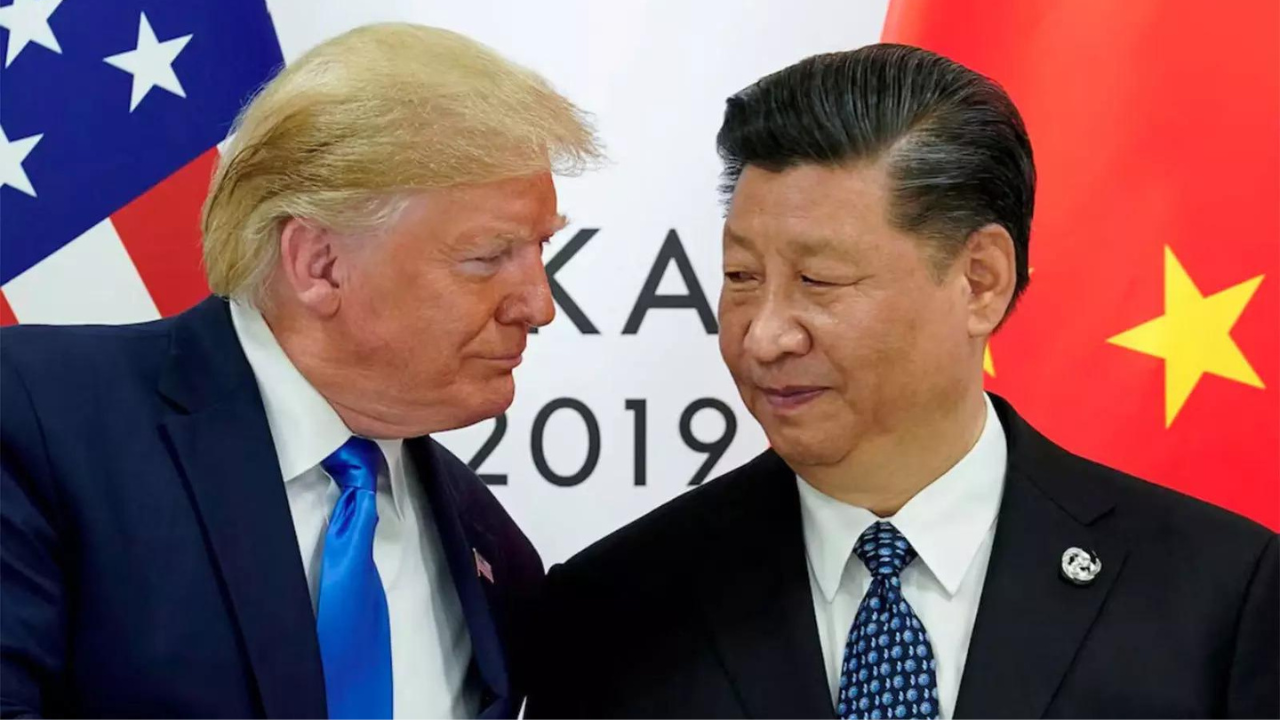US tariffs should prompt India to correct its own regional economic imbalances

Join our WhatsApp Community to receive travel deals, free stays, and special offers!
- Join Now -
Join our WhatsApp Community to receive travel deals, free stays, and special offers!
- Join Now -

When US President Donald Trump announced sweeping “reciprocal tariffs” earlier in April – a blanket 10% on all imports and a specific 26% levy on Indian goods – reactions were swift. There were stock market jitters and headlines warning of shocks to the information technology and pharmaceutical sectors.
But behind this global disruption lies a deeper domestic reckoning: India’s vulnerability to trade shocks stems as much from geopolitics and as from its own regional economic imbalances.
If India wants to insulate itself from future volatility and become a resilient export power, it must confront the uncomfortable truth that the country’s internal trade map is skewed.
India’s export success is heavily concentrated in some states. Gujarat alone accounts for over 33.5% of total exports, together with Maharashtra, Tamil Nadu, and Karnataka, that figure goes up beyond 70%. These few states carry the burden of global exposure and are also immediately affected by Trump’s new tariffs.
By contrast, India’s most populous states – Uttar Pradesh, Bihar, Madhya Pradesh, and Rajasthan – contribute marginally. Exports from Uttar Pradesh form 4.97% of the national total. Madhya Pradesh and Rajasthan fare worse, at around 2.15%. This disparity isn’t due to size or lack of resources but political will and structural inertia.
Gujarat’s edge lies in a sustained focus on...
Read more
What's Your Reaction?
 Like
0
Like
0
 Dislike
0
Dislike
0
 Love
0
Love
0
 Funny
0
Funny
0
 Angry
0
Angry
0
 Sad
0
Sad
0
 Wow
0
Wow
0























































